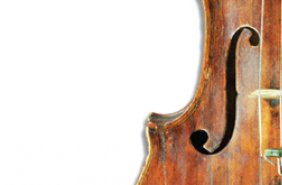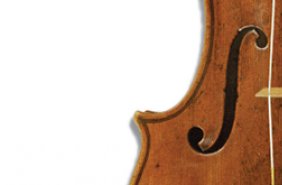Reference Library Articles
All Articles
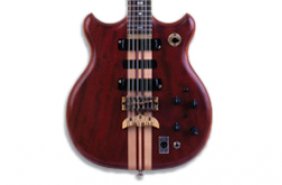
Alembic History
An 'alembic' is defined in the dictionary as "anything that refines or purifies;" more specifically, it was the vessel in which medieval and Renaissance alchemists combined the base metals they sought to transmute into gold.
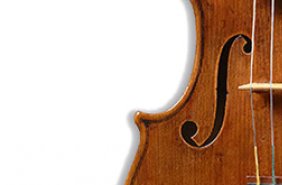
Alessandro Gagliano
Alessandro Gagliano is the beneficiary of one of William Henley's most imaginative and romantic essays.
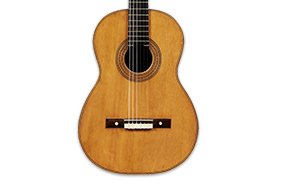
An important Spanish guitar by Antonio de Torres
This guitar is an incredibly preserved and unopened example of the famed makers work, retaining all the original components.
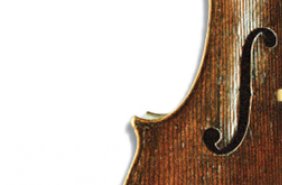
Andrea Guarneri
In the pantheon of great Cremonese violin makers, it sometimes seems that some do not get the credit they deserve.
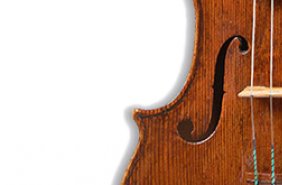
Andrea Guarneri Violin
This beautiful violin, with its original label stating 'Andreas Guarnerius fecit Cremonae / sub titulo Sanctae Teresiae 1684' is fully characteristic of the Guarneri workshop at this time.
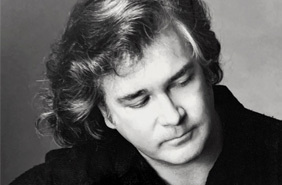
Anthony Carroll Madigan
Anthony Carroll Madigan, a musician, composer, artist, actor and teacher, was an avid collector of fine musical instruments, almost all of which he played, often in concert performances. At the time of his death last year, he had more than 80 instruments

Antonio de Torres Jurado (1817–1892)
The nineteenth century saw the important birth of the modern Spanish guitar.
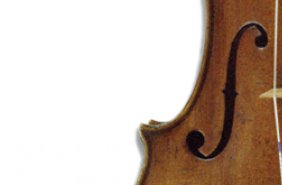
Antonio Gragnani
Antonio Gragnani was one of the most elegant and stylish of eighteenth century Italian makers.
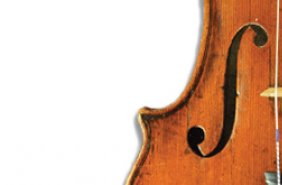
Camillus Camilli
Camillus Camilli is a delightful maker. His instruments are blessed with classical style and proportion, and the most charming of scrolls, yet are very distinctive and recognisable.
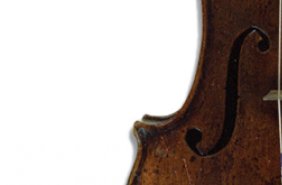
Carlo Landolfi
Italian violin making benefited from a great many immigrant craftsmen in the seventeenth and eighteenth century, and Carlo Ferdinando Landolfi, to judge from the many variations of the spelling of his name on Milanese documents, was one such
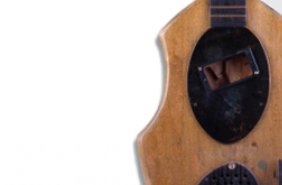
Chapman 'Stick' History
The Stick is an ingenious and versatile stringed instrument with a substantial base of players throughout the world

Count Ignazio Alessandro Cozio di Salabue
Count Ignazio Alessandro Cozio di Salabue, to give him his full title, was the first great connoisseur and collector of violins, among the first to recognise the unique value of the work of the luthiers of his own country
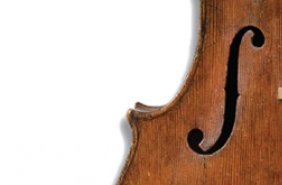
David Tecchler
The Roman school of violin making is one of the most overlooked of the classical Italian period.
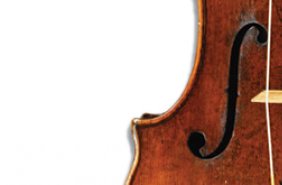
Dom Nicolo Amati
Dom Nicolo Amati of Bologna causes a lot of confusion. Firstly, he had nothing to do with the illustrious family of the same name from Cremona
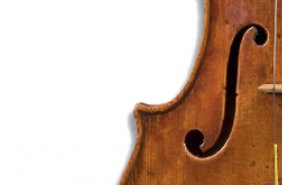
Domenico Montagnana
Domenico Montagnana, 'the mighty Venetian', as he was dubbed by the Edwardian writer Charles Reade, was born in the village of Lendinara close to Venice, in about 1687
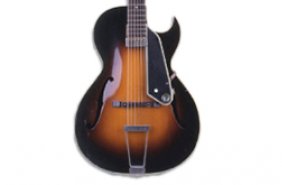
Epiphone History
Epaminondas ('Epi') Stathopoulo (1893-1943) became President of his father Anastasios' New York-based instrument building company, the House of Stathopoulo, in the 1920s.

Fabrizio Senta
The early period of violin making in Turin is very interesting and not often considered.

Fender History - Part 1: The Early Years
Clarence Leonidas Fender (known as Leo to friends and associates) was born near the town of Fullerton, California, some 25 miles southeast of downtown Los Angeles, on 10th August 1909.
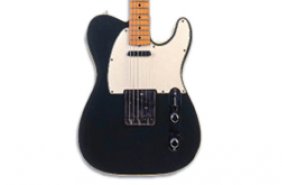
Fender History - Part 2: CBS and After
The Electric XII was one of the last models to be developed by Fender's original management.

Fender History - Part 3: Leo Fender's Later Career
Leo Fender's departure, in 1965, from the company that bore his name did little to dampen his creativity.
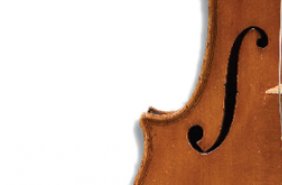
Ferdinando Gagliano
The Gaglianos were possibly the longest and most prolific dynasty of all the Italian violin making clans.

